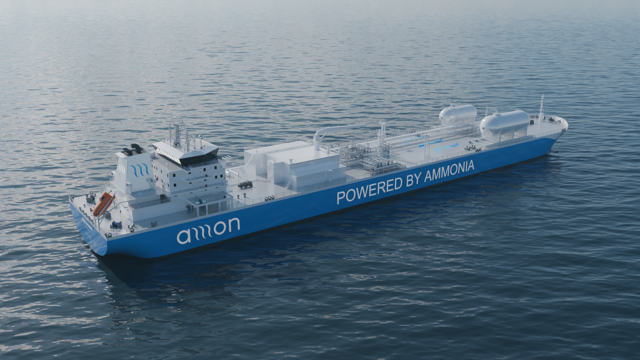Navigator Gas, Amon launch new gas carrier joint venture
As part of the new joint venture, the pair will lead construction of two 51,530 m3 ammonia-fueled ammonia carriers, which will also be capable of carrying LPG. Contracts have to build the vessels near Shanghai, with deliveries scheduled to take place in June and October 2028.









